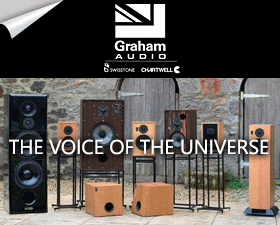Hi
From the ever interesting UltraAudio Website: HERE
In addition it is interesting to remark that many of today's most celebrated speakers have an active section... Evo Acoustics, Genesis, Von Shweikert, Sanders Electrostatics, Scaena, Tidal, etc .. Is this is the beginning of a Tidal wave ?
?
From the ever interesting UltraAudio Website: HERE
In addition it is interesting to remark that many of today's most celebrated speakers have an active section... Evo Acoustics, Genesis, Von Shweikert, Sanders Electrostatics, Scaena, Tidal, etc .. Is this is the beginning of a Tidal wave
Last edited:
















